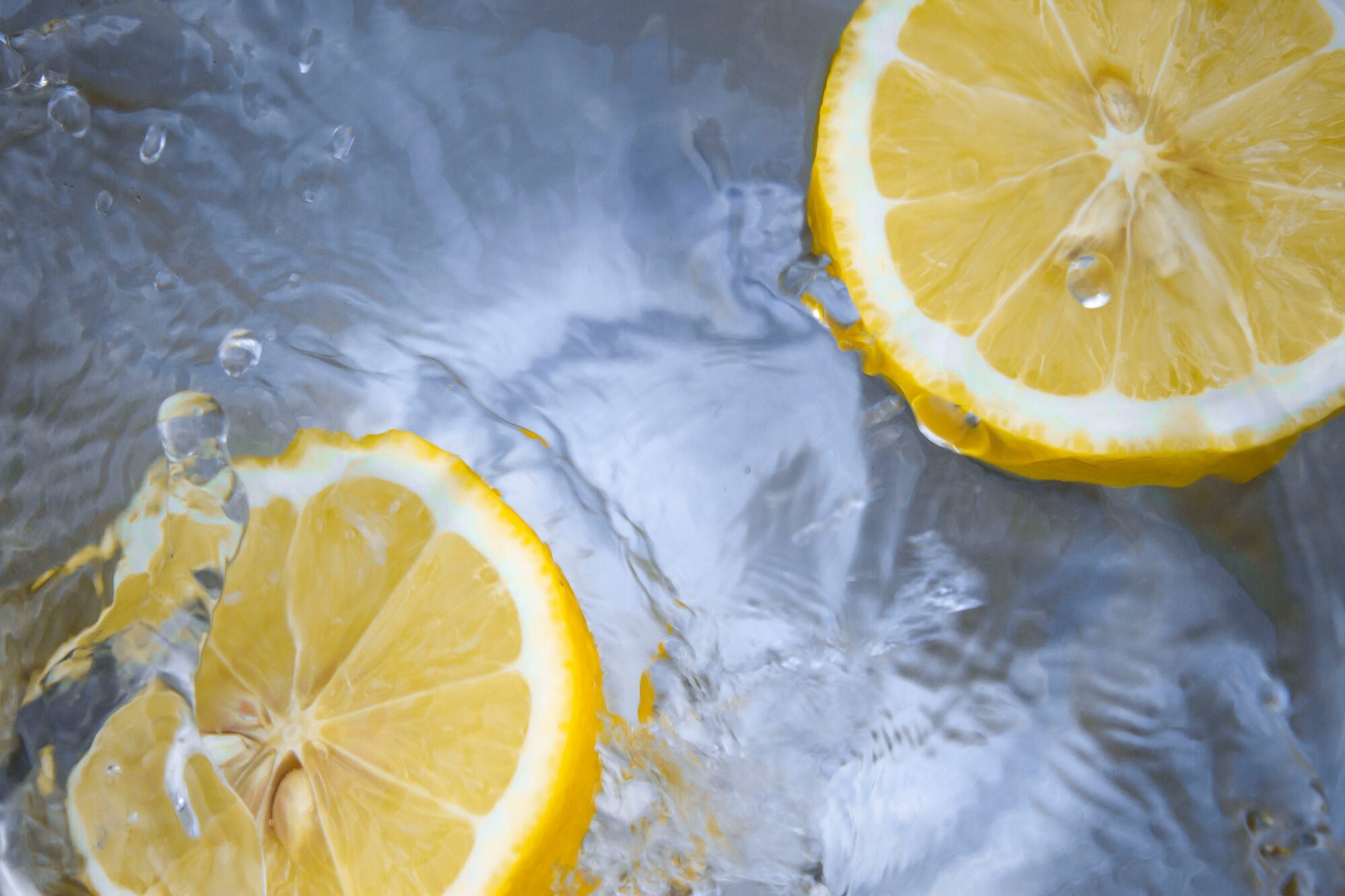Last week, one lovely reader asked about gin. She’d walked into a bar, ordered a gin & tonic, was asked which gin and panicked. So, her question: is there really that much of a difference apart from the price tag? Answer: the basic recipe is the same i.e. neutral base spirit with added botanicals. But it’s the particular botanicals used that make a big difference to the end result. To be called gin, one of the main botanical ingredients must be juniper (smells a bit like pine) but the rest is up to the producer. Which is why you’ll find citrusy gins, floral gins, spicy gins, juniper-heavy gins…and that’s before we get into sloe gins, flavoured gins and barrel-aged gins. The trick is to experiment, find your preferred style and get stuck in. I seem to change my gin preference according to the weather: lighter styles in summer, weightier in winter. So, with more snow potentially on the way I’m currently on the aged gin (see this week’s reviews below for more details).
As for the tonic, I know it’s not for everyone but I’ve just topped up on a homeopathic remedy. After a free trial I’m now on my second bespoke bottle. Seriously no idea how it works but I’m feeling decidedly kickass and definitely sleeping better. And I promise that’s nothing to do with the aged gin.


I love 1724 tonic (I buy mine from Amazon) with my gin. When trying to stay off the booze one of these with ice and plenty of lime tastes just like a G’nT (to me at least!).
Not tried that one, will look out for it! Thanks for the tip x
Fabulous! Thank you, I’ll know next time and it sounds like the perfect excuse to “get testing.” Perfect x
Fabulous. Thank you, I’ll know next time now, perfect excuse to “get testing” – can’t wait!! X
Who would have known that there were so many types of tonic? I’ve got some learning to do… I’ll check out the 1724 and the homeopathic one.
Rich, the homeopathic one is an actual remedy, not a tonic (although you could try adding it to your gin & tonic!!).